Homeownership is one of the major values that many Canadians share. After all, it’s often seen as a major milestone in one’s life to be able to buy your first home. This is not surprising when you consider the many benefits of homeownership both financially and for quality of life.
Among Canadians, it’s the older generations who have the highest levels of homeownership, largely due to the fact that older people have had longer to become financially established. Similarly, younger people tend to have the lowest levels of homeownership as many are still working to become established financially and save for a down payment.
Most people who are saving to buy a home naturally want to do so as soon as possible, but this can take a long time. Statistics show that young people are buying homes often, though most first-time buyers are well into their 30s before they enter the housing market.
In this article, we will look at when the average first-time buyer purchases their home, how much they spend, and other important statistics of homeownership as it relates to age.
What is the average age of a first-time buyer?
If you are a young adult eager to make your way into homeownership, you may want to have some patience. According to a study conducted by Money.co.uk, the average age of a first-time homebuyer in Canada is around 36.
While that’s not too old, it’s pretty late when compared to other major life milestones. The average Canadian university graduate is around 25 years old. On average, mothers are about 29 when they have their first child and the average age for a Canadian couple to get married is around the same age. This means that buying a home may very well be one of the later major steps you take in life.
That doesn’t mean some aren’t buying homes younger. Statistics Canada indicates that around 43% of Canadians aged 20-34 own their home, however, this is about 30% lower than any other age demographic. They also note that young people today are getting into the real estate market at a much slower pace than older generations such as the baby boomers and increasingly more people are living with parents or family later in life.
How much do first-time buyers spend?
The same Money.co.uk study that determined the average age of a first-time homebuyer also polled buyers on how much they spent on their purchase. According to the results, the average first-time home buyer in Canada spent about $340,000, though this figure is a couple of years old and value will depend a lot on the area where the purchase is made. A more recent poll from the Bank of Montreal found that first-time buyers in Atlantic Canada planned to pay the lowest for their first homes, with those in British Columbia and Ontario expecting to spend the most.
A more recent market insight report from Teranet shows that first-time buyers spent the least of any buyers in Ontario. Their average home value was above $500,000 and over $600,000 in Toronto specifically.
The rapid increase in house prices in Canada has led many young people to feel that saving for a down payment is exceedingly difficult. As a result, some have had to turn to other options in order to purchase a home. For example, the number of first-time buyers using gifted money for a down payment has risen to just under 30%, while at the same time, the sizes of these gifts have risen as well according to a report from CIBC. Younger people also tend to make less money, and as a result, are more in the market for cheaper homes with both lower down payments and lower mortgage payments.
Beyond affordability issues, the discrepancy in home values may also simply be a reflection of lifestyle values for younger buyers. Many of the youngest buyers, will not yet have large families who need as much space and may opt for smaller homes. Young professionals without children may be more likely to buy comparatively cheaper condominiums, whereas growing families tend to prefer larger more expensive properties.
Furthermore, those who are buying a home at an older age are more likely to be moving from a home they already own, making it easier for them to leverage their existing equity into larger homes.
Who is buying the most houses?
While we explained earlier that young people tend to have a lower level of homeownership in Canada, this doesn’t tell the whole story. Remember, many people will buy their homes to live in for many years, some even for their whole lives. This means that though more older people own homes, they aren’t necessarily on the market right now.
This is backed up by a recent report from the Bank of Canada, which indicated that about half of all purchases from 2014 to 2021 were by first-time homebuyers, with the other half divided between repeat homebuyers and investors. However, the overall share of first-time homebuyers has been falling, especially in areas like Ontario and British Columbia where investor activity has been on the rise. The same internet report from before indicates that in Toronto, where home prices are some of the highest in the country, first-time buyers made up just 27% of sales with 24% alone going to multi-property owning investors.
How old should you be to buy your first home?
There is no right age to buy a home – it simply depends on when you can afford it based on your own circumstances. Based on the data covered in this article, we can offer some advice for first-time homebuyers hoping to begin their home buying process:
Buying young if you can
First of all, if you can afford to purchase a home and plan on living in it for many years to come, most experts would say to go for it. It can be one of the best financial investments you will make and will provide numerous lifestyle benefits as well. And, the sooner you buy, the sooner you can pay off your debt and the longer your home can build equity.
Be patient with yourself
For those still looking to buy or trying to save for a down payment, be patient. As covered before, purchasing a home can happen much later than many other life milestones, so don’t feel like you are behind if you don’t buy in your twenties and don’t feel too late if you are older than 36. Everyone achieves goals at different ages in their life so don’t feel the need to compare yourself to others too harshly. There is no set timeline for everyone to accomplish certain things.

First-time purchases are made easier with smart decision making
First-time homebuyers can make their purchase more attainable through careful choice of what they want to buy. The varying amounts of first-time buyers in different regions and the generally low spending of first-time buyers indicate that those who are successful in buying their first home made smart decisions about what and where to buy. Be realistic about your budget and remember you can always scale up later as your requirements change. Also, consider looking to buy in a cheaper area that may help you buy sooner.
Take advantage of first-time buyer programs
Finally, keep in mind there are many things you can do to help make your home purchase a little easier. Especially for first-time buyers, there are programs and incentives in place to ease your financial burden. Naturally, those who can get financial help will be the best off, but other federal, provincial, and municipal programs can go a long way to helping you get there faster.



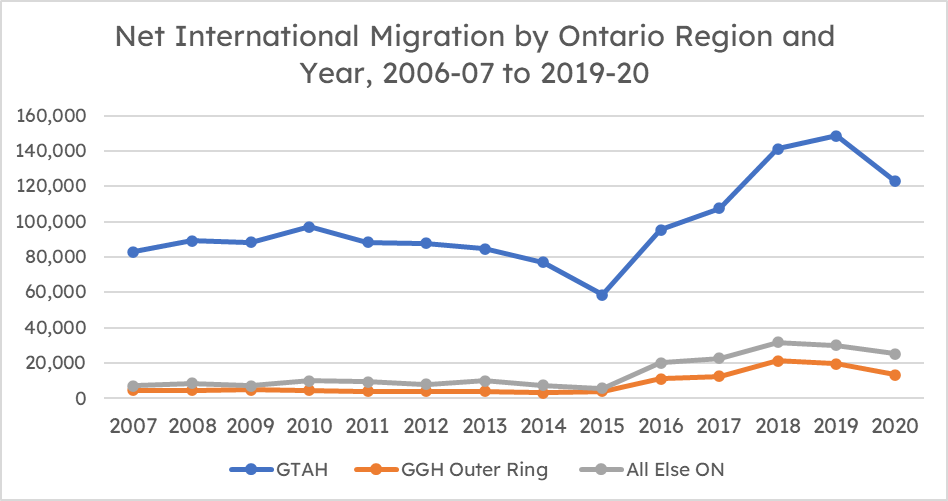
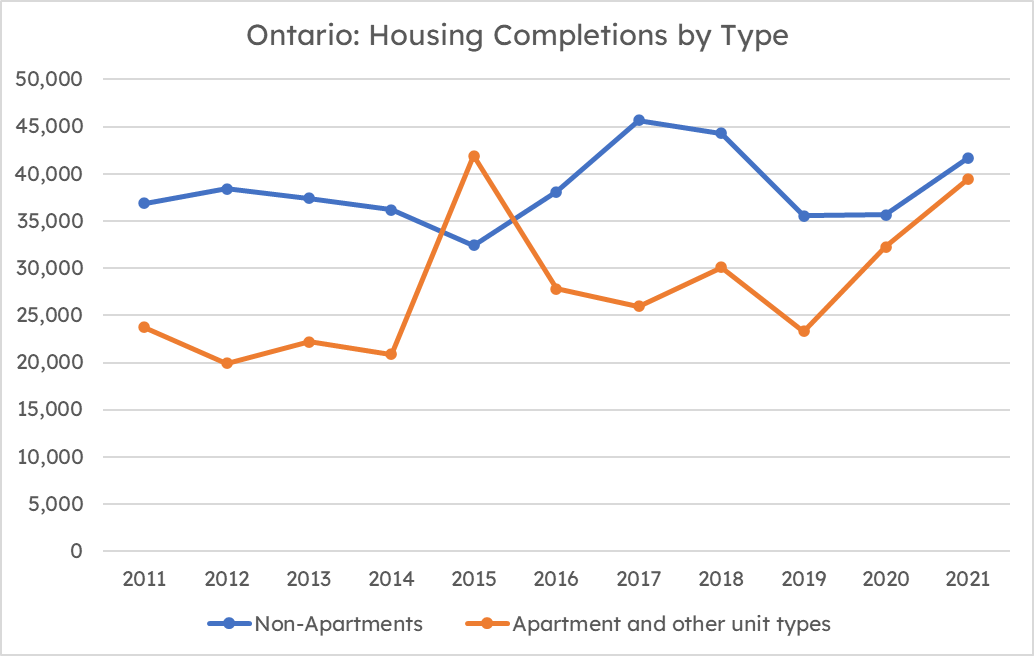
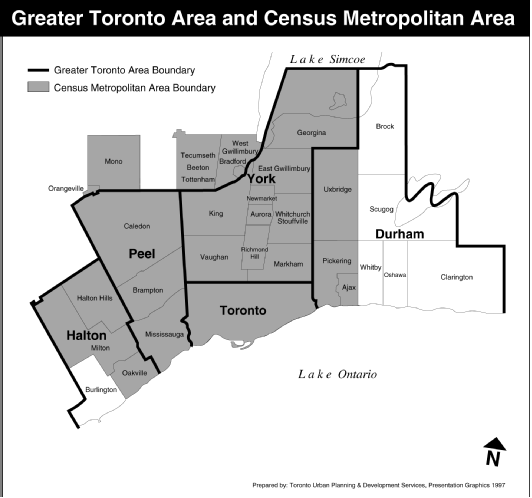
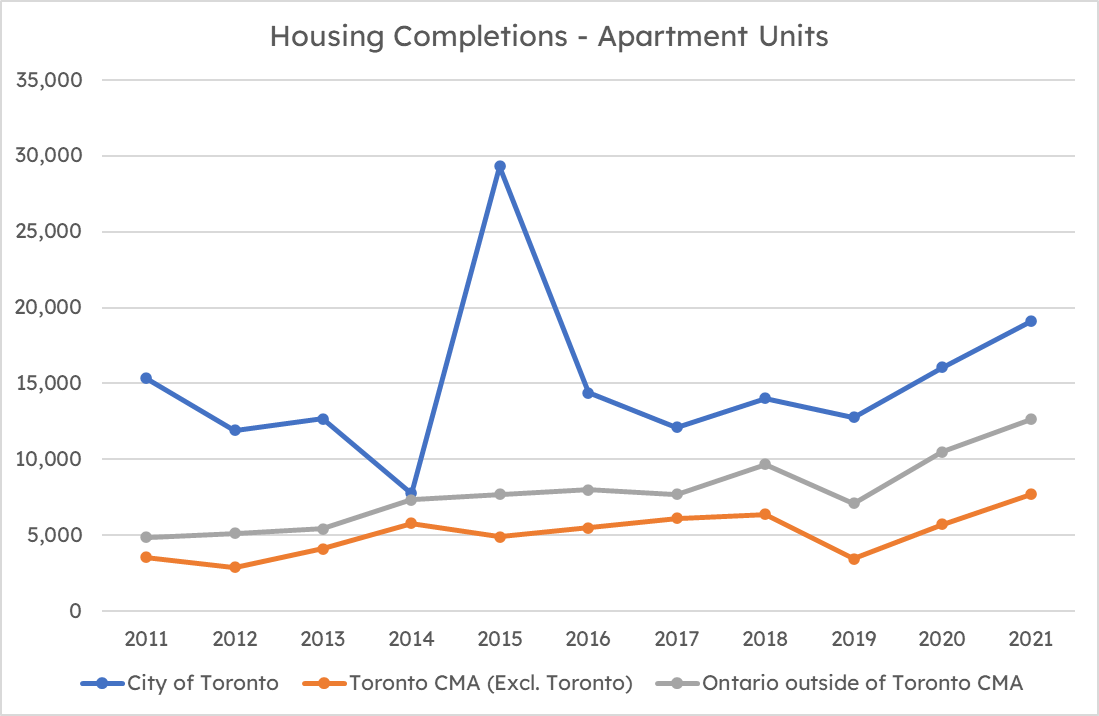
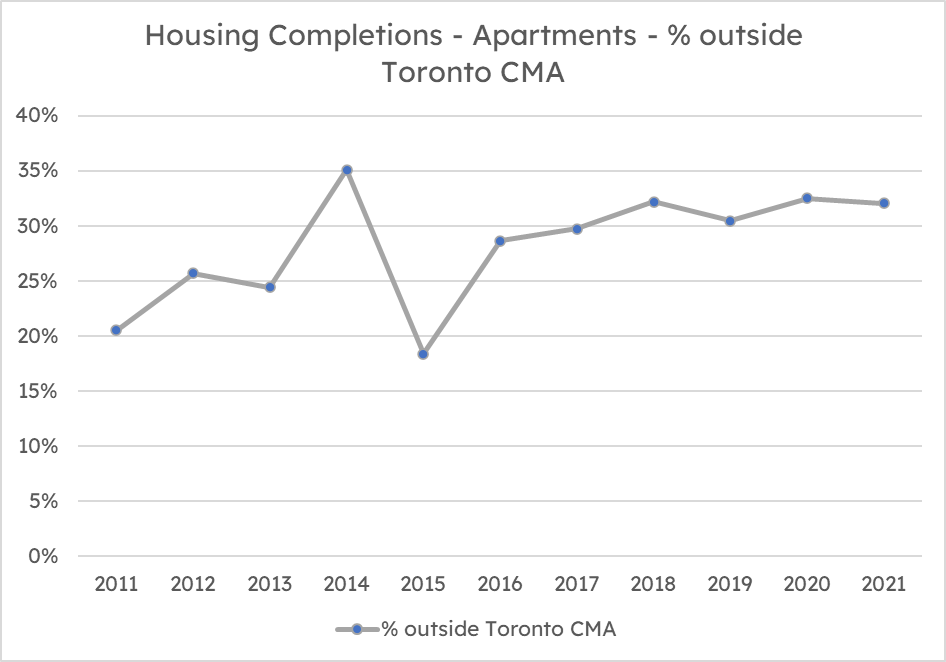
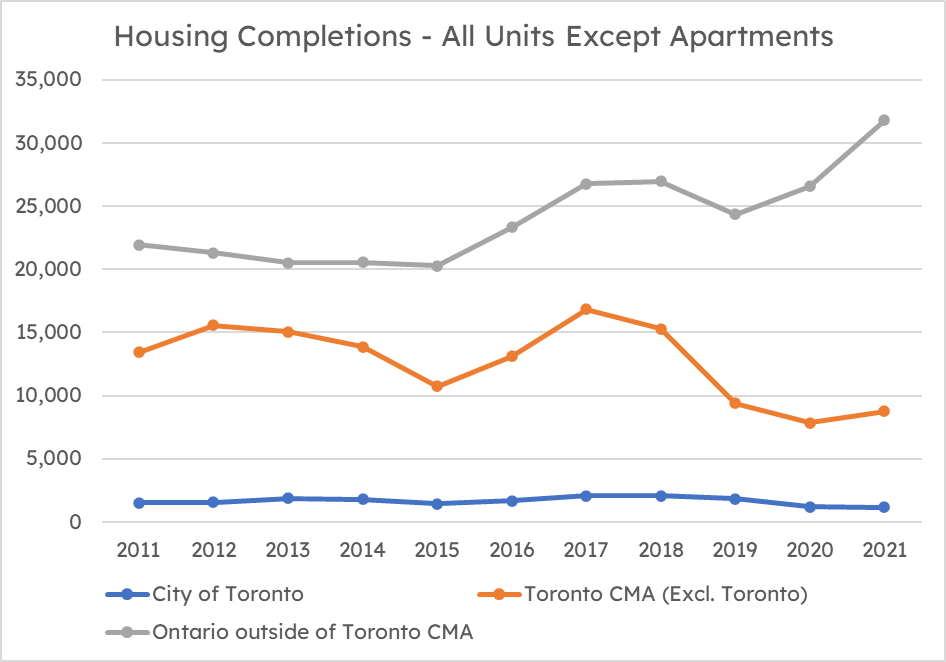
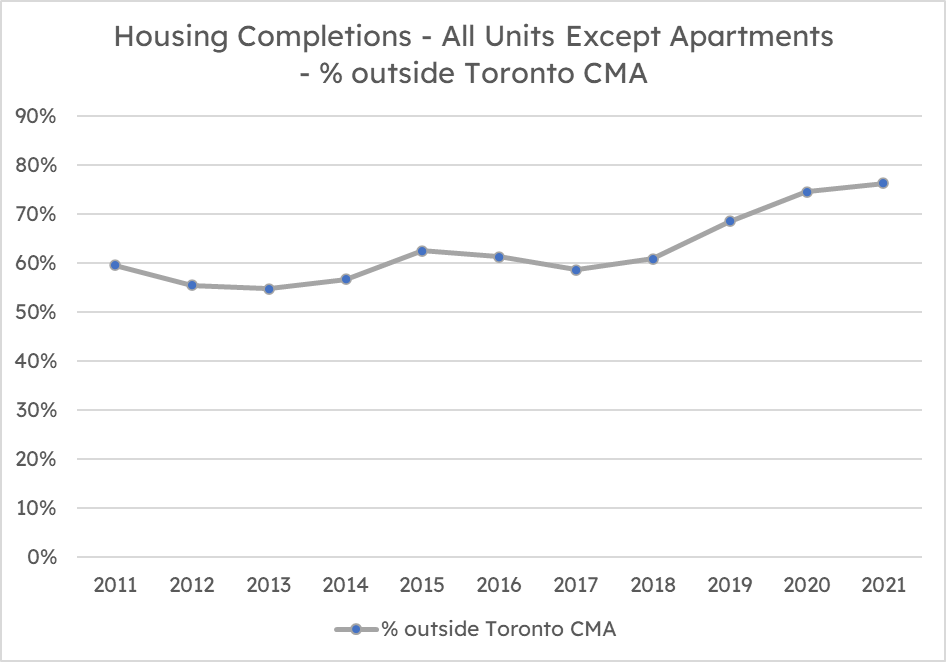
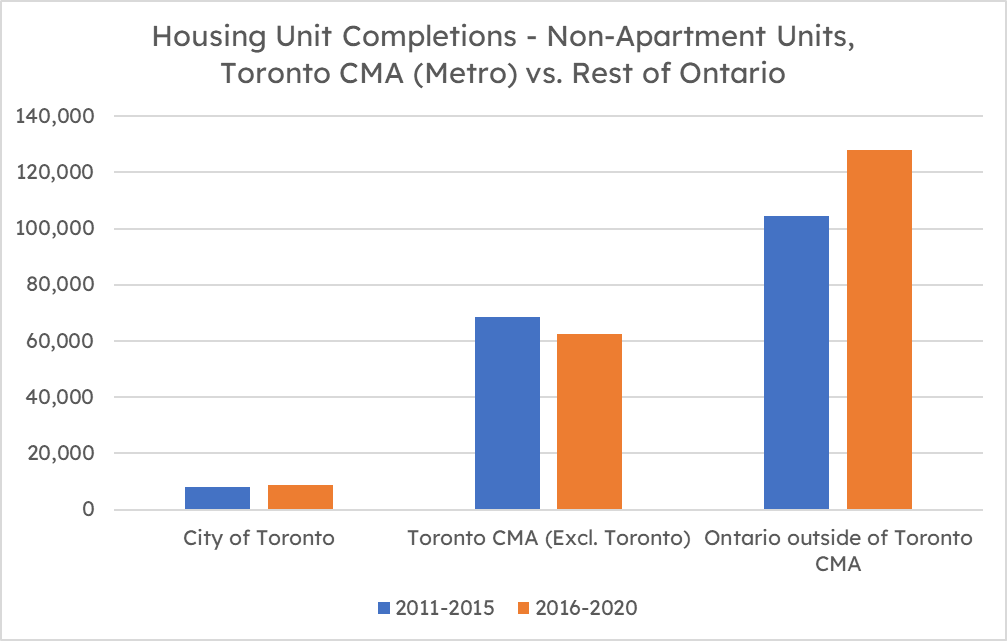



 Maziar Moini, Broker of Record - Home Leader Realty Inc.
300 Richmond St. W., #300, Toronto, ON M5V-1X2
Maziar Moini, Broker of Record - Home Leader Realty Inc.
300 Richmond St. W., #300, Toronto, ON M5V-1X2

